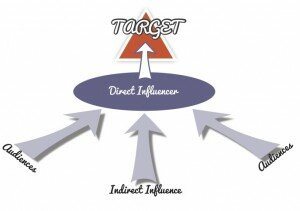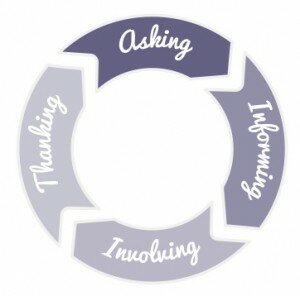Step 1. Assess Your Organization and Network of Supporters
Definition
It is important to do a self-assessment prior to or while you are defining the issue. The more people who help with a campaign, the more success you will have. Identify your prospective partners and discuss who you are and what your interests are. Allow your group to realize its commonalities and differences. Your role will shape the focus of the walking project. For example, I am:
- A parent…and want my child to be able to safely walk to school.
- A religious leader…and want to improve the health of my congregation.
- A human resources manager…and want to make employees more alert and healthy, increasing productivity and reducing medical costs.
- A main-street business association…and want to increase customer foot traffic.
- A health coalition…and want to promote walking as an entry point to a healthy lifestyle.
- A walking-advocacy organization…and want to improve walking and accessibility.
Now that you have established your role, you can better define the issue you care about.
 Get The Book
Get The Book

 Weknow that community leaders have a lot competing for their attention. It can take a long time to develop champions for your cause, so it is critical to lay the foundation for this type of support. With the backing of influential champions, the results of your campaign can improve exponentially.
Weknow that community leaders have a lot competing for their attention. It can take a long time to develop champions for your cause, so it is critical to lay the foundation for this type of support. With the backing of influential champions, the results of your campaign can improve exponentially.

 For most small-scale efforts, managing resources may have more to do with people than with dollars. People, whether they are staff or volunteers, are needed to lead groups, write letters, attend meetings, and help with communication.
For most small-scale efforts, managing resources may have more to do with people than with dollars. People, whether they are staff or volunteers, are needed to lead groups, write letters, attend meetings, and help with communication.